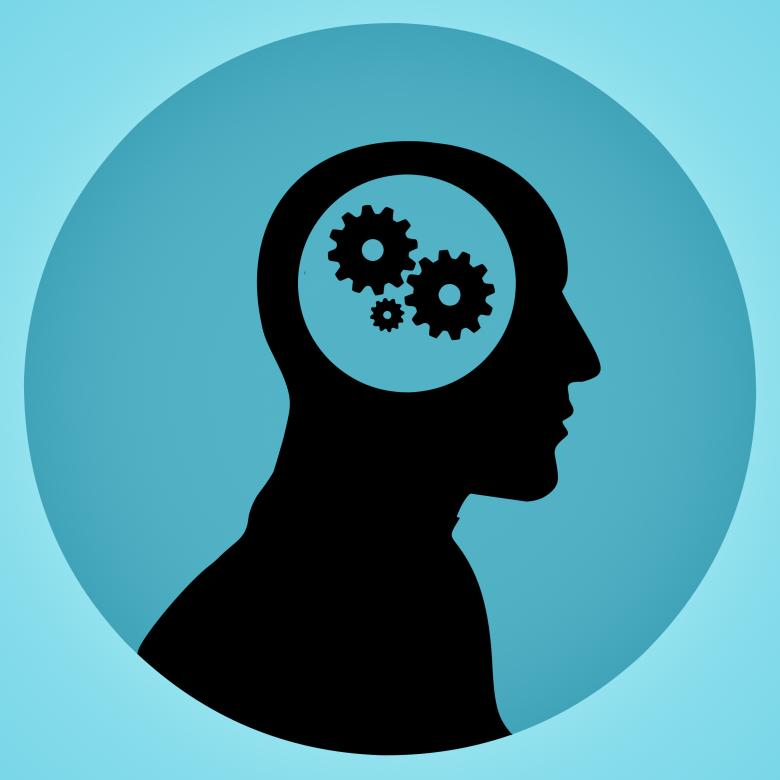Every Week is Digital Citizenship Week
Where are the good digital citizens? They show up to our classrooms everyday! This affords
us the opportunity to develop positive digital characteristics that will follow our students beyond the classroom. As we recognize Digital Citizenship Week on October 14-18, 2019, think of some ways that the conversation can go beyond the week. Below, we have shared some ways that teachers can naturally implement digital citizenship so that it becomes a part of the everyday classroom.
Exploring Citations
 Media Literacy is a major part of digital citizenship in regard to resources provided by others. When conducting online searches, encourage students to use the Explore tool to search the web within Google Docs and Google Slides. This feature generates a citation in the footnote on the page. There is also an option to change the format of the citation to MLA, APA, or Chicago. Guiding students to utilize this tool shows them that a good digital citizen gives credit for others' work.
Media Literacy is a major part of digital citizenship in regard to resources provided by others. When conducting online searches, encourage students to use the Explore tool to search the web within Google Docs and Google Slides. This feature generates a citation in the footnote on the page. There is also an option to change the format of the citation to MLA, APA, or Chicago. Guiding students to utilize this tool shows them that a good digital citizen gives credit for others' work.Set norms for online discussion
 Collaboration and communication are truly skills that need to be taught. Rather than avoid these opportunities, guide students on the appropriate way to do this online. The classroom is the perfect space to teach students how to communicate respectfully. Have you considered guiding students in how this is done? Develop a list of norms or expectations for online discussions between peers. This will be beneficial as students are given opportunities to comment, question, or reflect in
Collaboration and communication are truly skills that need to be taught. Rather than avoid these opportunities, guide students on the appropriate way to do this online. The classroom is the perfect space to teach students how to communicate respectfully. Have you considered guiding students in how this is done? Develop a list of norms or expectations for online discussions between peers. This will be beneficial as students are given opportunities to comment, question, or reflect inin spaces like Google Classroom and VoiceThread.
Become a Model
-Wait! Before you copy and paste that image from online in front of students, is it safe to use?
-Most of the morning has been spent doing online research. Let students know that the
next activity will give them a break from screen time in order to create media balance.
next activity will give them a break from screen time in order to create media balance.
It’s not only what a teacher says that students learn from, but also the actions of their teacher as well. Trust me, there are opportunities that present themselves for modeling so be very intentional. Find ways to integrate #digcit in your everyday lessons. In what ways are you modeling acceptable digital citizenship behavior?
Click Play!
 There are plenty of video options that cover various topics of digital citizenship. Whether it’s from Common Sense Media’s video bank( K-5, Middle School, or High School) or the Richland Two Responsible use Policy videos, open up the discussion about #digcit as a follow up to these resources. This is a great opportunity to include some AVID Writing or Collaboration strategies.
There are plenty of video options that cover various topics of digital citizenship. Whether it’s from Common Sense Media’s video bank( K-5, Middle School, or High School) or the Richland Two Responsible use Policy videos, open up the discussion about #digcit as a follow up to these resources. This is a great opportunity to include some AVID Writing or Collaboration strategies.
3’s Company
 We all know that Digital Citizenship is a shared responsibility between the student, home and school. Help empower families to set boundaries and expectations for their households.
We all know that Digital Citizenship is a shared responsibility between the student, home and school. Help empower families to set boundaries and expectations for their households.Through your parent communication, consider sharing the following ideas:
- Model positive online behavior.
- Set household expectations:
- Android Users: If your family uses Android devices, Google’s Family Link can help you set certain digital ground rules, manage apps, keep an eye on screen time and remotely lock your child’s device.
- Apple Users: If your family uses Apple devices, Apple Families provides tools that help keep parents in the loop.
- Have your child log into their Richland Two Google Account to show you the digital tools that they’re using in the classroom.
All week long, we will provide you with some tips that will get you thinking on our social media pages. Follow us on social media to get tidbits on how you can celebrate #digcitweek on October 14th-18th and beyond!




Comments
Post a Comment